Civil rights activist addresses Glen Rock juniors, discusses landmark court case
GLEN ROCK, N.J. – “Good Morning, Panthers!” said John Stokes, a civil rights activist who helped lead his high school on strike in April 23rd of 1951.
Glen Rock juniors recently attended an assembly regarding John Stokes’ experiences as an African American teenager at the peak of segregation in the United States and his participation in the Brown v. Board of Education court case.
The performance was arranged by teacher Kathleen Walter and media center specialist Linda Hartman.
“Inequality was rampant throughout the United States,” said Stokes, as he spoke to students about the history of the United States in the 1950s.
Mr. Stokes was nineteen years old when he and his classmate, Barbara Johns, led a strike. They disliked the inequality with which schools were being run. There were white-only schools and schools specifically designated for black students, which were unfairly run down and overcrowded.
“We didn’t call ourselves black at that time; we were ‘colored,’” said Stokes.
The setting was Robert Russa Moton High School in Virginia, a school specifically for African American students. The high school was built to fit 180 students but 220 students attended the school, making it extremely overcrowded. It also lacked a cafeteria and a gymnasium.
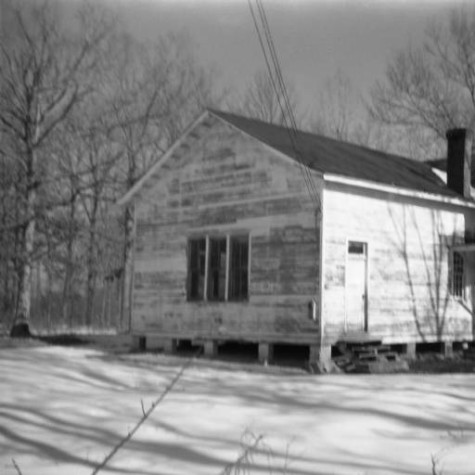
In the high school, the highest-paid teacher earned less than the lowest paid Caucasian teacher in the country.
Another school in the county, Felden Elementary School, was a three room school for African American students, which was built in 1912. The school had no indoor plumbing, no steam, and no heat.
Stokes, recalling his time with Barbara Johns (now deceased), explained that she had felt that the word ‘equal’ did not mean ‘equal.’ And in April of 1951, at age 16, Johns decided to take a stand.
While the principal was out for the afternoon, she convinced the entire school to not return to classes the next day and go on strike until they could attend a better school.
The students listened to Johns and, the next day, they did not show up to school. This was only the beginning of a long fight.
In 1953, the NAACP (National Association for the Advancement of Colored People) lost their court case, Davis vs. The County School Board of Prince Edward County in a federal district court.
But they won the following year in the breakthrough Supreme Court case, Brown vs. Board of Education.
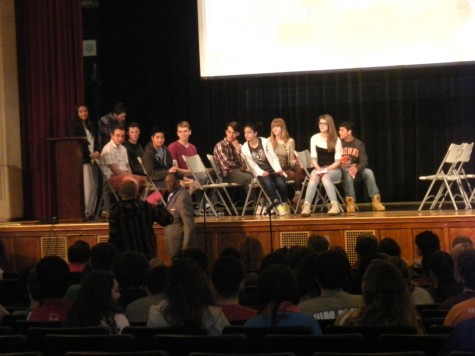
Virginia initially resisted the Supreme Court decision by threatening to close it public schools. In Prince Edward County, the schools were closed for five years, 1959 through 1964. This made Prince Edward County the first county in the nation to shut down their public schools for an extended period of time due to segregation.
“Separate but equal…” Stokes said, “Ladies and gentleman, it was never equal.”
Realizing the discrimination of public schools, John Stokes, Barbara Johns, and the rest of their classmates walked out of their school and refused to go back until a bigger and better high school was constructed.
Stokes asked for student volunteers to demonstrate how ‘equality’ was not actually ‘equal.’ Two students, Tim Hahn and Matt Jorgensen, were chosen, and they each read a scenario from a card.
“I’m going to let you determine if it is actually separate or equal. It’s never equal,” Stokes said to the two boys who volunteered.
Hahn played the Caucasian man in the scenario. In this performance, the government gave Hahn money to fund his education. Jorgensen performed as the African American man; he received no money for his education and, therefore, had no chance to get an equal education.
“It seems like he is getting more money for his education than me,” Jorgensen said, comparing his scenario to Hahn’s.
“I don’t like it either. It’s not fair,” Hahn said. “I shouldn’t get more money than him. We should get the same money for our education.”
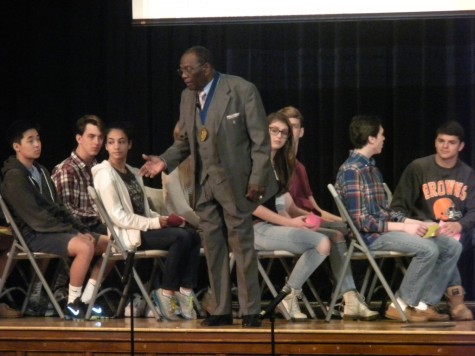
Afterward, Stokes invited ten students up to sit on the stage, now set-up like a bus. They were to represent the white citizens on the bus. He then called up another ten students, representing the African- American people, and gave them a card with their situation.
As the colored students went to the “bus” and tried to sit down, they only had three options. One, they could get off the bus and wait at the station. Two, they could stand on the bus in the back. Or, as the third option, they could find another way of transportation – like walking.
Stokes went through various scenarios and the students learned what it is like to live during the Civil Rights Movement.
After the assembly, selected students and teachers were invited to have lunch with Stokes and ask more in-depth questions.
History teacher Mr. Christopher Pohlman said, “It was a great opportunity for the students of Glen Rock to meet an American hero. Many people talk about changing things, very few actually succeed in it.”
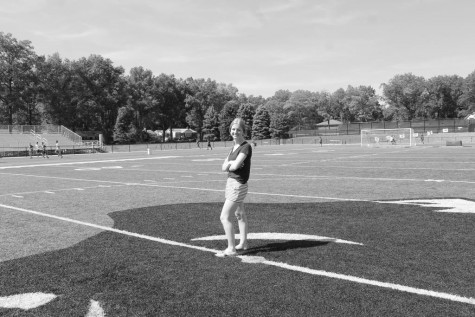
Lilia Wood is the Editor-in-Chief and this is her fourth year working on the newspaper. After she graduates, she plans to study journalism and pursue...



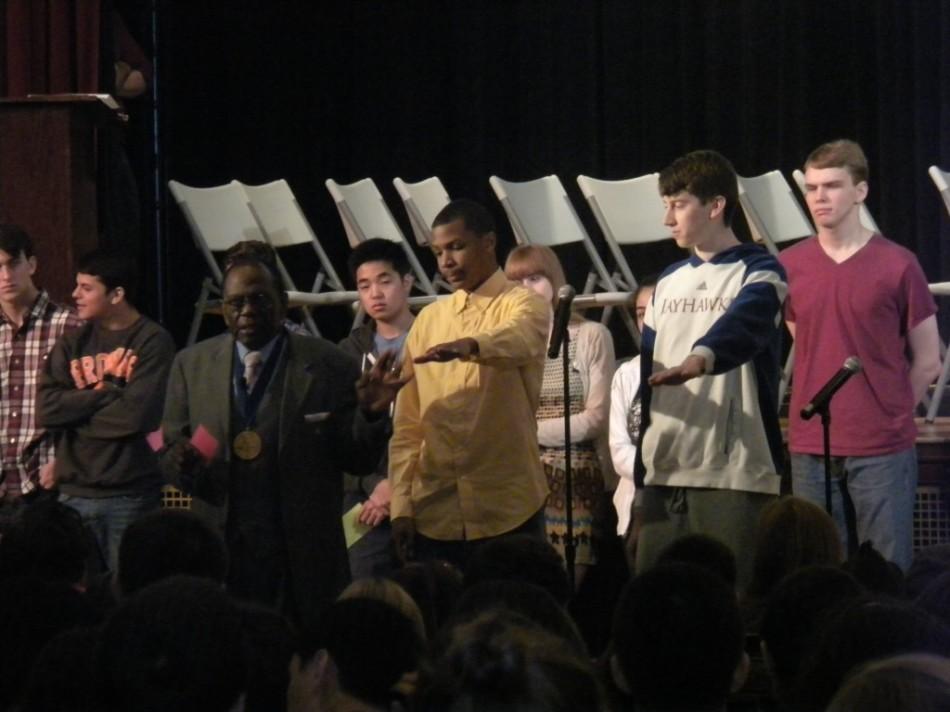
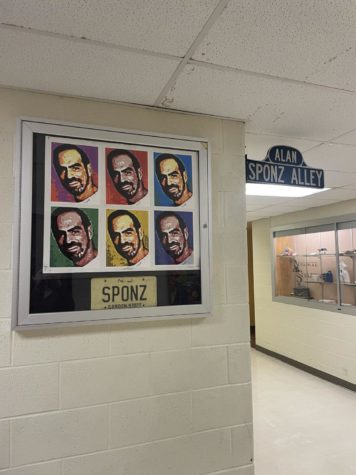



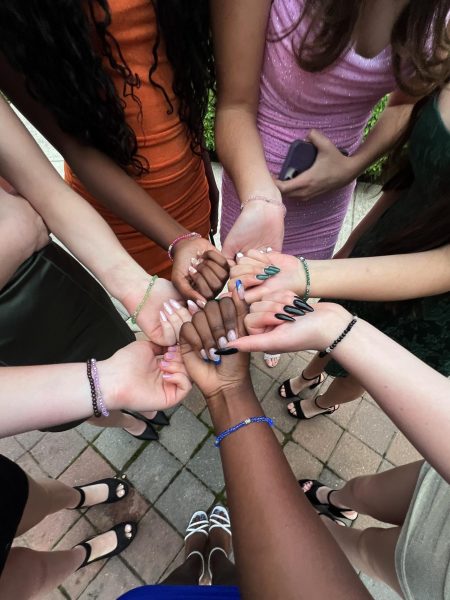
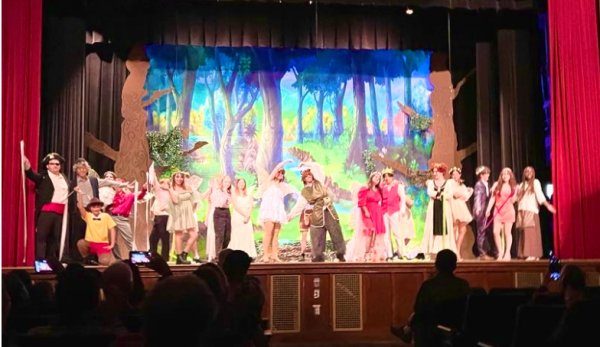
Ms Hartman • Apr 8, 2014 at 2:36 pm
What a great article !
I am very proud of the students who attended and participated in this assembly on Civil Rights In America. After speaking with Mr. Stokes afterwards, he too, was very impressed with your interest, respect and participation. The opportunity we all had to experience one of the back stories of Brown v Board of Ed was an opportunity of a lifetime, as one student told me. That’s priceless!